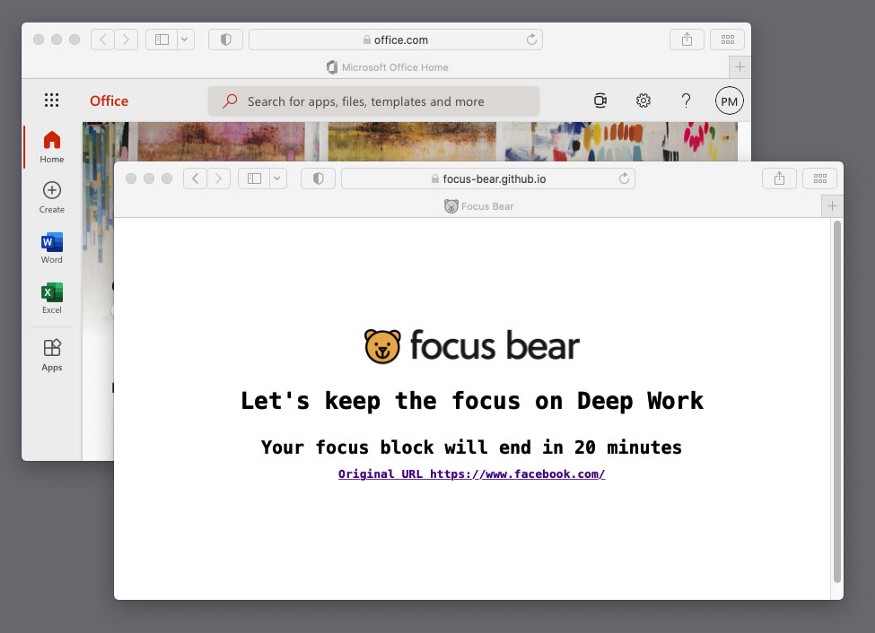
30 day money back guarantee
No Credit Card Required Upfront
What Is Flextime?
Flextime is an arrangement that gives workers the freedom to work when they are most comfortable or when they are most productive. This makes it easy for employees to find a good balance between work and personal life, making them more productive.
Both traditional schedules and flextime have a set number of hours to be spent on work. However, instead of being restricted to a strict 9–5 schedule, a flextime employee can work whenever they want as long as they put in the agreed number of hours.
To make this system work, you need to manage your staff well. If you don’t, the productivity of your company may reduce.
Here are some examples of flextime:
Job sharing: This happens when more than one worker works on a project.
Flexible workweeks: An employee has to work a set number of hours in a certain amount of time (like a week) but is free to choose when those hours are worked.
Compensatory time: This is common for companies with different amounts of work at different times. When there is a lot of work, workers must be available, and then they can take time off or leave when there isn’t much work (time off in lieu).
Remote work: This is when the employee’s location doesn’t matter, so they can work from anywhere as long as the job gets done.
What Is Flextime Management?
Flextime management is making clear rules about flextime and keeping an eye on it to ensure the company’s goals are being met and that it doesn’t hurt productivity in any way.
Flexible working works best for highly self motivated employees who either work entirely on their own or who still work “core hours” where they are always available at certain hours for collaboration and make up the rest of the hours at a time that suits them.
Flexible work arrangements work well when both sides get what they want, which means the employee is highly productive and meets their goals. To achieve high productivity, you’ll have to:
- Set clear performance goals for your employees
- Create a flextime schedule.
- Create a flextime policy
- Check how well the system is working.
- Regularly make improvements to the schedules and policies.

Agree With Your Employees
Before incorporating flexible hours into your work system, you should talk to your team. Some of your team members might not benefit from this new way of doing things for genuine reasons.
Some people like going to work in an office. When other employees don’t have the same work plans, it’s hard for them to get along.
You should make it as appealing as possible so that most or all of your employees will join. To do this, you should find out what everyone thinks by talking to each employee individually and as a group. Then you can make a schedule that works for everyone based on factors like workload, health and safety, staffing patterns, operational needs, and personal preference.
Create A Flextime Management Schedule
A flextime management schedule spells out what the core hours for each type of employee. You’ll put each employee into groups based on their availability, schedule, urgency of the work, core work times, and other things.
You can divide your workers into the following groups:
- Those who must spend the same amount of time at work every day.
- Those who can work different hours every day depending on their workload.
- Those who must work a fixed number of hours weekly; but can vary their daily work hours.
Create A Flextime Policy
These are rules that say how flextime should be handled after considering the employees and the organisation’s goals. It’s a good idea for each party to have a copy of the policy, so they know how to act and the acceptable limits. Some of the things the policy should contain are:
- The number of hours that should be spent doing the work. This could be a set number of hours that must be spent each day or the total number of hours that can be spent in a set amount of time, like a week.
- The result that is expected in a certain amount of time. You hired your employee to get work done, so you should ensure this is happening. Every employee should know what they are supposed to do.
- How people will communicate with each other. This is especially important when more than one person has to work on the same task. There should be a good way to talk to each other so that tasks can be assigned, comments can be made, and notes can be taken so that everyone is properly informed about what is going on. There are tons of apps that help with collaboration and group communication.
- Work time range. This will tell you how long you have to finish each daily task. It could be from 7 am to 6 pm or 9 am to 6 pm, depending on the company. Also, your employees should know about special days with different hours so they can change their schedules as needed.
Check How Well The System Is Working.
The company has goals, so you should track how the flextime system helps you reach those goals. This could be viewed as how the flextime system has affected your production, sales, or profit.
Review Things And Make Changes As Needed
You should rate your employees based on how well they have done their jobs and come up with a way to reward those who have been productive. You should also make changes to the flextime schedule by making the working conditions more or less rigid based on your employee’s performance.
If you find that your team is struggling to stay productive with these new arrangements, consider giving them access to a tool like Focus Bear which can help block distractions.






